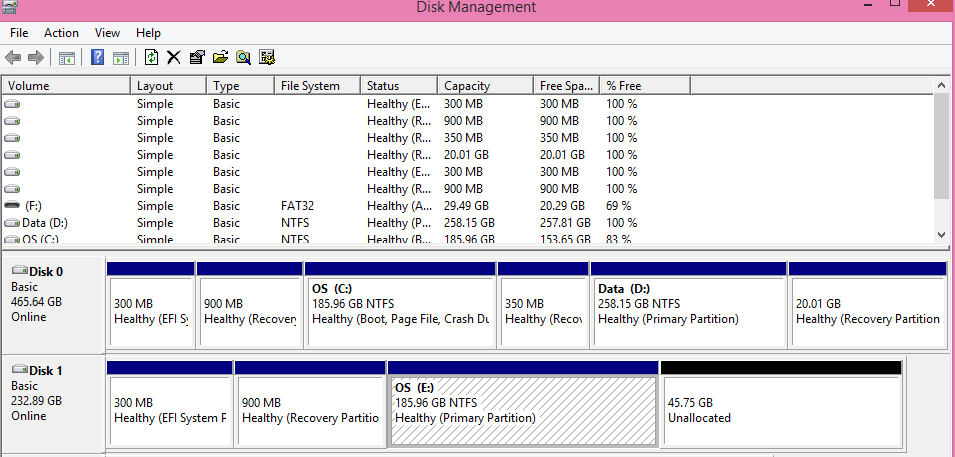

Hello, I have so far been unable to boot into USB. Connect the other hard drive(s) and start your system again. 7060, Windows 10 and SSD, USB boot (Acronis, Linux, etc) My Tools: Windows 10 Professional USB 3.0 32GB flash drive Toshiba 1TB USB 3.0 external drive Acronis True Image 2019. Once you have installed Windows 10 and are on your Desktop, shut your system down. If you are installing any other Hard Driver:

#Ssd partition windows 10 usb tool Pc
If you previously had Windows 10 installed and activated on that PC during the installation process skip the steps which ask for a product key and select the option 'I am Reinstalling Windows 10 on this PC', and activation will not be an issue, your PC will have a digital entitlement stored on the Microsoft Activation Servers This configuration would mean if you ever need to re-install Windows 10, your data would be safe. NOTE: if you want to partition your drive, do so during the installation process:Ī good setup would be 200GB for system and Applications and the rest for your Data. Save BIOS changes and restart your System Move the device with the bootable disc to the top of the boot orderħ. If you have problems booting from a boot disc, you may have UEFI BIOS, go into your BIOS and make the following changes:Ħ. Then, Boot your PC from the Installation Media you just created (change Boot Order in your BIOS) To download the Media Creation Tool (Click on Download Tool Now), with that you can download the latest Windows 10 ISO (Select Create Installation Media for Another PC), you can create a bootable USB flash drive (min 4GB) using that tool or create the ISO file which you can later burn to DVD If you do not have Windows 10 Installation Media, click this link: Go into your BIOS and change SATA Mode to AHCI - Important! Remove any other hard drives from your System - Important! Insert the SSD onto Sata 1 port on your hard drive


 0 kommentar(er)
0 kommentar(er)
